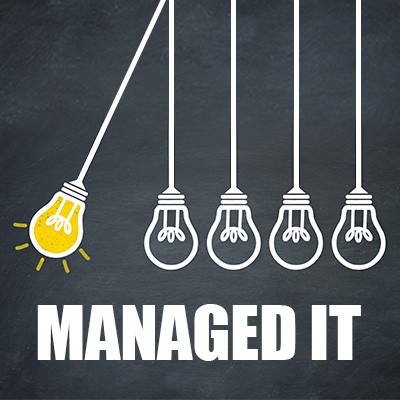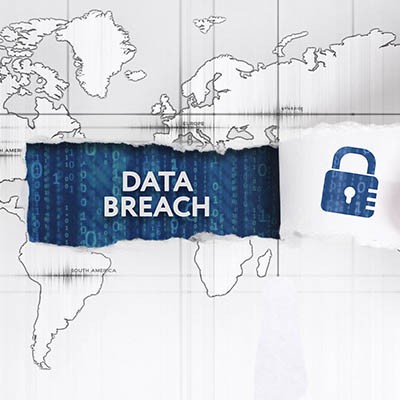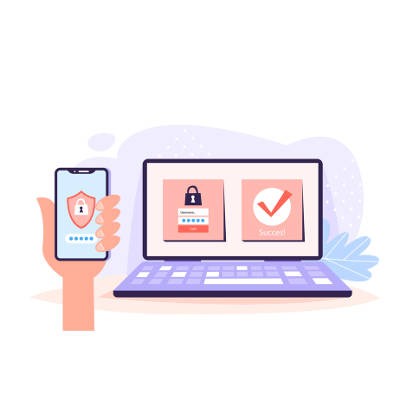The role of professional services companies in our society dictates that they need access to information as efficiently as possible. Some of the most crucial jobs in our society would be labeled professional services. Today, we are going to go through three of those careers--lawyers, accountants, doctors--and we will go on to describe just how each of their industries benefit from the presence of managed IT services.
Washington Works Blog
With more than $16 billion being scammed from more than 16 million people, there is clearly an issue at hand that could use some expert insight. Those who are familiar with Steven Spielberg’s Catch Me If You Can might know that the movie was based on the memoirs of Frank Abagnale, former con man and longtime security consultant of the FBI. With his 45 years of experience with the bureau, Abagnale can safely by considered an expert in cybersecurity and fraud protection.
Managed services offer businesses an improved means of obtaining and managing the technology they rely on. With data being so important to the modern business, much of this technology is devoted to storing, securing, and leveraging this data. Working with a managed service provider can help a business get the most value out of their data management practices. Let’s go over how.
While information technology is an important part of the modern business and its processes, it isn’t always the easiest topic for the average business user to figure out. In this series, we’ve been exploring how a managed service provider can add value to your business and its IT. Here, we’re focusing on how the managed service provider can serve as a knowledgeable consultant.
Information technology support has developed and evolved as the methods and equipment used have improved. As a result of this development, there are a variety of ways that managed IT providers can deliver additional value through their services. In this series, we’re exploring the many benefits a business can gather through managed services - here, focusing on the support available.
In order for one methodology to replace another, it has to provide more value than the one that came before. In terms of IT support, managed services can deliver far greater value than the familiar break/fix method. In this series, we’ll explore the value that managed services contribute to a business, starting with their proactive nature.
Budgeting for your technology can be pretty difficult. You never really know when some problem is going to present itself and cost your business an arm and a leg. Since you can’t always see what’s coming, saving money when you can is important. Let’s take a look at a few ways that you can save money on your business’ IT.
Maintaining network security is always a priority for the security-minded company, but if your organization’s strategy is to fly under the radar, you need a new plan. No business is too small to be a victim of a network breach. What most people who are tasked with coming up with a network security strategy for a small business don’t always realize is that threats are everywhere. Today, we’re going to take a look at planning a secure and reliable Wi-Fi strategy that doesn’t inherently add to your business’ risk.
If we asked you to imagine a world where your IT never suffered from technical issues related to your business’ technology, would it feel too good to be true? Unfortunately, it’s impossible for your organization to prevent every problem related to your IT. What is possible is for your business to encounter higher productivity and less downtime with the help of a dedicated help desk solution.
Some businesses struggle with finding the right technology management support. There are several factors that come into play, including physical location of the service provider, distance to and from the worksite, and ease of support. In fact, managed IT services are one way you can sidestep the difficulty of finding access to affordable technology support entirely through the use of remote monitoring, maintenance, and management.
The protection of your business’ computing assets is a bigger deal today than ever before. This is because there are dozens of ways that things could go wrong. One tool that many IT administrators like to use is called Active Directory, a feature found on most Microsoft Server operating systems that allow administrators to control users. This month, we take a look at Active Directory.
Your business’ data is precious, and it goes without saying that there are plenty of entities out there that want to get their grubby little fingers all over it. This is especially the case these days, when credentials and remote access tools can be purchased on the black market and leveraged against organizations of all sizes. If you don’t take action to keep your data secure from unauthorized access, you could face steep fines from compliance issues, not to mention the embarrassment of not being able to protect your organization’s data.
Without a doubt, the Internet is one of humanity's most impressive inventions. 50 years ago, the predecessor to the Internet that most of the world depends on, called ARPANET, was launched. Today, we will talk about how that innovation turned into the Internet, and reorganized the way people interacted with computing systems.
Downtime is a major problem for businesses, and it’s largely a result of technology taking over the workplace. Since many jobs rely on technology to be done properly, it stands to reason that broken-down technology can pose a considerable issue for businesses--not to mention the costs that are associated with downtime and maintenance. A help desk can alleviate some of the pressure that the average employee feels as a result of relying on technology in the workplace.
If you take a look at any computer in an office environment, there is a solid chance that it is running the Windows operating system. Whenever we have the opportunity, we like to share tips and tricks to help both normal and power users alike get the most out of their operating system. Follow these tips and you’ll be able to make navigating your computer just a little bit easier.




















